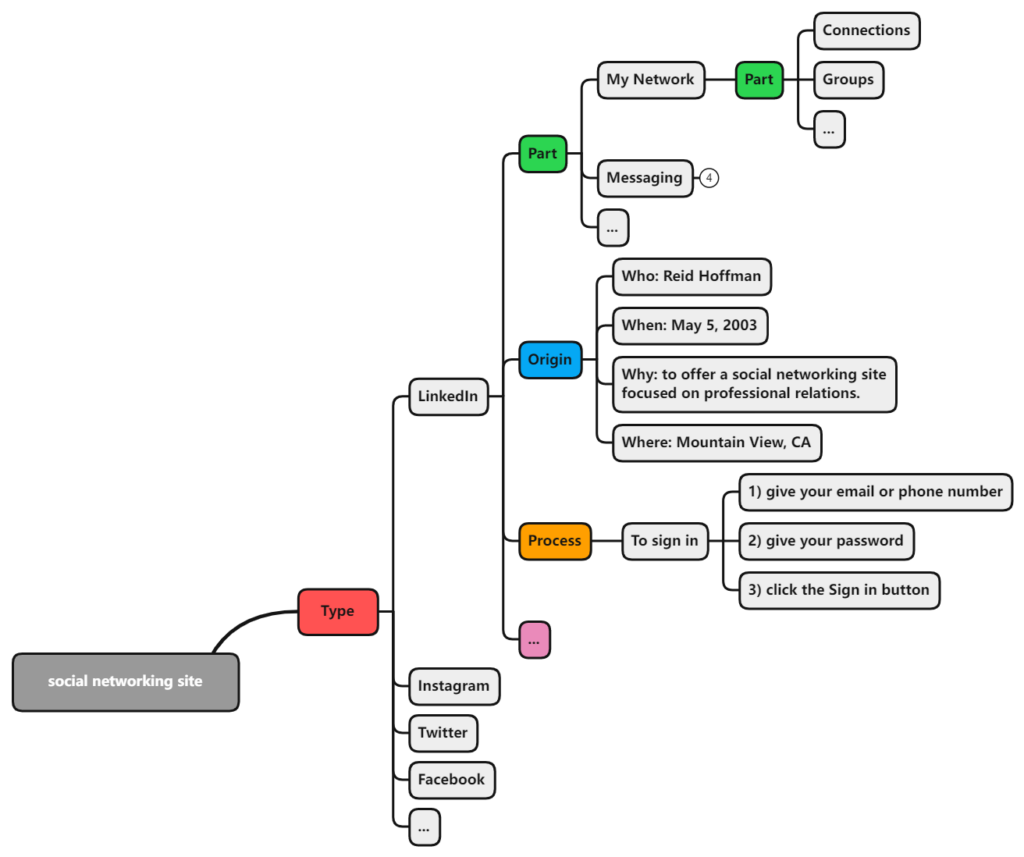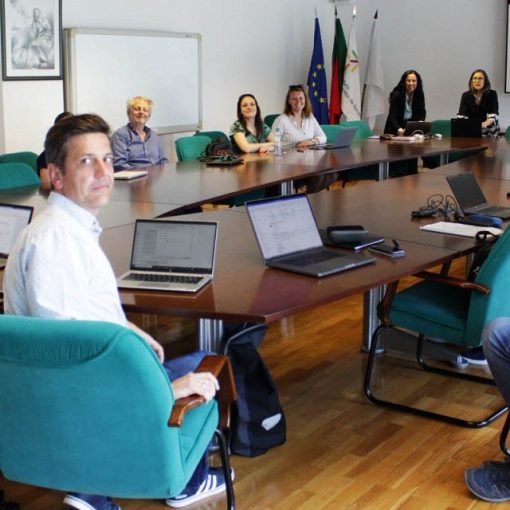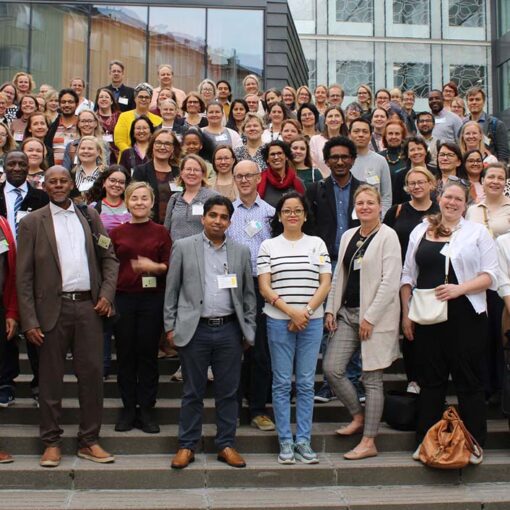Knowing the basics of terminology work is a meta-skill that may help students construct conceptual systems and produce more detailed professional writing in English (Guedra & Nuopponen 2020).
At LAB University of Applied Sciences, English for professional communication is taught at the B2 level of the Common European Framework of Reference for Languages. Accordingly, students who have B2 level writing skills should be able to produce detailed text on a wide range of subjects (CEFR 2020).
To write about professional topics, students should be familiar with related conceptual systems—they should have professional knowledge. It is not self-evident, however, that students have such knowledge, especially at the beginning of their studies — let alone in English. Learning some basics of terminology work and concept analysis may help.
Terminology Work: Some Basics
Terminology work focuses on collecting, describing, and presenting concepts and their terms (ISO 1087 2019, 3.5.1). The so-called satellite model — a mind-map-like cognitive tool — is useful for visualizing conceptual systems. Its idea was developed by Anita Nuopponen at the University of Vaasa (Figure 1).

While mind-mapping is the first and more associative step, creating a satellite model that identifies concept relations is the more systematic step in visualizing conceptual systems.
Teaching every concept relation type (see e.g., Nuopponen 1994 & 2018) in an English language course would not be useful. However, already introducing type (or logical), part, process, and origin relations gives students a good cognitive toolkit to analyze professional topics and their conceptual systems.
- Type relations are logical relations between concepts: LinkedIn is a social networking site that allows users to communicate with other users about professional topics.
- Part relations identify the parts of a whole: My Network is a part of LinkedIn that allows users to manage connections.
- Process relations outline the steps of a process: To sign in to LinkedIn, 1) give your email or phone number, 2) give your password, and 3) click the Sign in button.
- Origin relations show who did what, when, why, and where (also how): Reid Hoffman and others founded LinkedIn on May 5, 2003, in Mountain View, California, to offer a social networking site focused on professional relations.

Examining and analyzing professional topics this way in English language courses helps students learn related concepts, gain professional knowledge, and produce better professional writing in English.
Author
Hamid Guedra (M.A. in English Language and Communication Studies and M.A. in Technical Communication and Terminology Science) teaches English for professional communication at the Language Centre of LAB University of Applied Sciences.
References
CEFR. 2020. CEFR self-assessment grid EN. [Cited 11 Nov 2021]. Available at: https://europa.eu/europass/en/common-european-framework-reference
Guedra, H. & Nuopponen, A. 2020. Integrating Terminological Methods into Special Language Teaching: A Case Study in Finland. In: Hirsto, H., Enell-Nilsson, M., Kauppinen-Räisänen, H. & Keng, N. (eds.) Työelämän viestintä III, Arbetslivskommunikation III, Workplace Communication III, Kommunikation im Berufsleben III. Vaasa, Finland. February 6-7, 2020. Vaasa: VAKKI ry. VAKKI Publications 12. 281−294. [Cited 13 Nov 2021]. Available at: https://vakki.net/wp-content/uploads/2021/01/VAKKI2020_GuedraNuopponen_korjattuPDF.pdf
ISO 1087. 2019. Terminology work and terminology science — Vocabulary. [Cited 11 Nov 2019]. Available at: https://www.iso.org/obp/ui/#iso:std:iso:1087:ed-2:v1:en
Nuopponen, A. 1994. Begreppssystem för terminologisk analysis. Doctoral Dissertation. University of Vaasa, Department of Communication Studies. Vaasa. Acta Wasaensia 38/1994.
Nuopponen, A. 2016. Satellite System as a Visualization Tool for Concept Analysis. In: Erdman Thomsen, H., Pareja-Lora, A. & Nistrup Madsen, B. Term Bases and Linguistic Linked Open Data: Proceedings of TKE 2016 the 12th International Conference on Terminology and Knowledge Engineering. Frederiksberg, Denmark. June 22−24, 2016. Frederiksberg: Copenhagen Business School. 190–200. [Cited 19 Nov 2020]. Available at: http://hdl.handle.net/10398/9323
Nuopponen, A. 2018. Terminological Concept Systems. In: Humbley, J., Budin, G. & Laurén, C. (eds.) Languages for Special Purposes: An International Handbook. Berlin, Boston: Mouton De Gruyter. 453−468.




